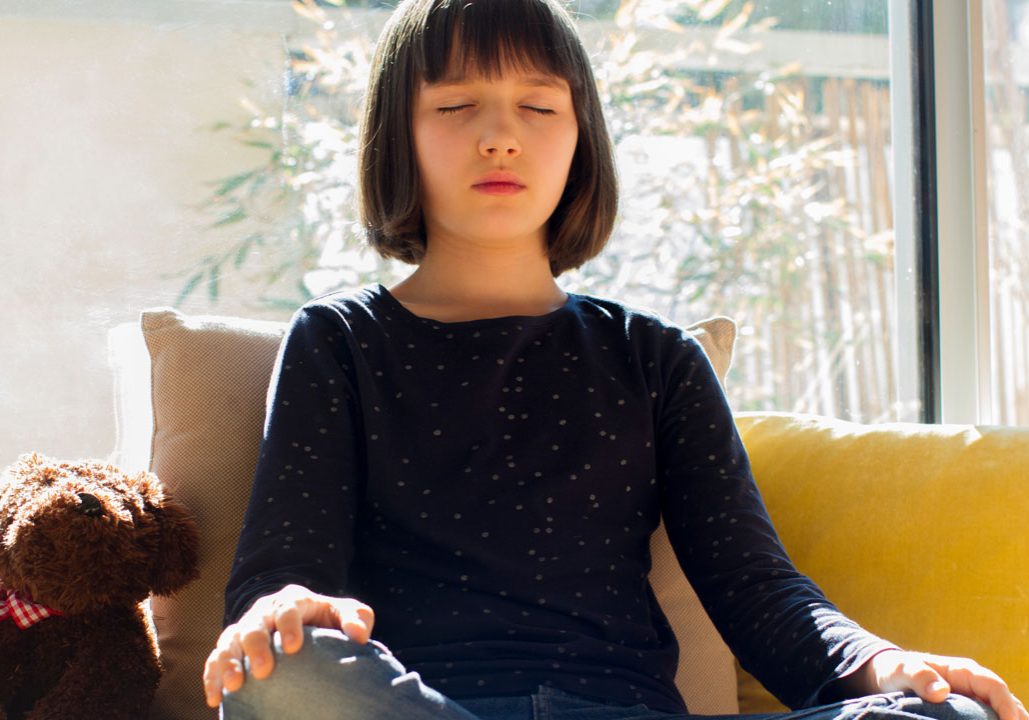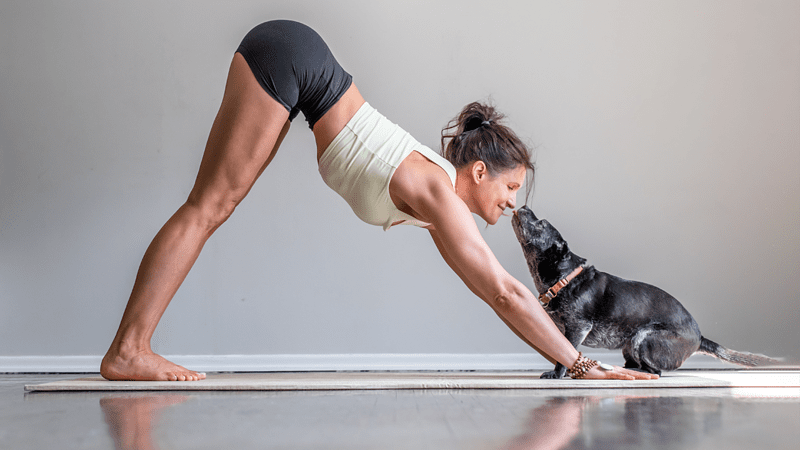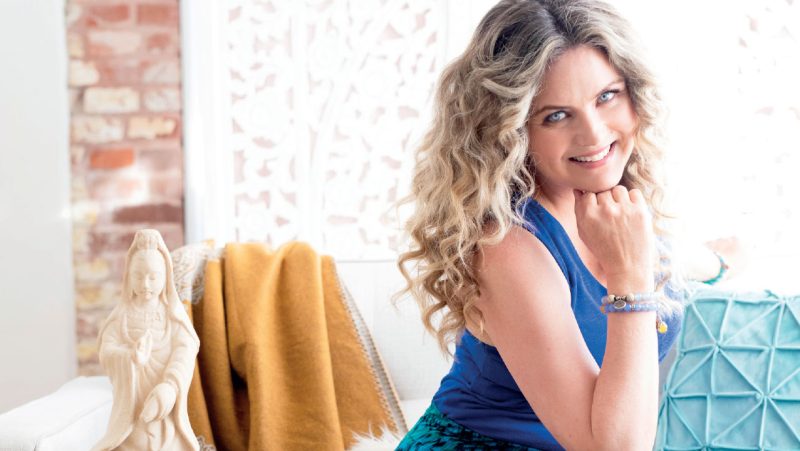
Meditation for children
A simple home meditation practice for children caught up in the cycle of stress brought about by endless lockdowns. By Emma West
Last year was was tough for all of us and it looks like 2021 may well prove to be the same.
As adults, many of us have been through our toughest of years so far. We talk about what we went through, we express our emotions, we vent on social media and we offload to friends and family.
But what about the effects of all this on our kids? My own kids have plodded on through the year, through various lockdowns, through schools being closed and not seeing their friends or leaving the house for months. They seemed to be handling it well; they never moaned, never talked about it, they just got through it and kept on going. Nothing was said, life went on. They went back to school, everything was great.
Until it became clear that everything wasn’t great, and my 11-year-old son started showing signs of anxiety and stress. Just little things at first. He started twitching and making ‘purring’ sounds as a way of self-soothing. It was subtle at first, but we would notice that towards the end of each week it would be more frequent, and always worse if we were out and about, around more people.
I sat down with him one evening and asked him how he was doing, and he just opened up to me. He talked about how hard lockdown had been for him. How he had stayed indoors for months, how he had not seen friends or family and what a challenge that had been.
Now, I know I’m not a bad mother, but hearing this made me feel like the worst mother in the world! I had not once considered how hard it had been for my children. They had just got on with things. I assumed they were fine; kids are resilient, right?
This revelation that they were not fine hit me like a train.
I obviously went down the usual road of speaking to teachers, reducing screen time and getting the kids outdoors more. I also contacted specialist child counsellors, but, as I am sure you can imagine, they are all inundated with clients right now.
So I began to think about ways I could use my yoga and meditation training to help them manage their anxiety.
I began meditating with my children every evening. Just a few minutes a day has made such a difference to their stress levels. They are sleeping better, they are less frustrated, they concentrate more at school and they enjoy our meditation time.
I wanted to share this simple technique because it really has made a huge difference. You don’t need to be a meditation teacher, or even have your own meditation practice in order to give this a go.
Here’s what we do:
We set up our space: turn off screens, radios, bright lights, noisy distractions. Sometimes we listen to relaxing music, sometimes we have silence.
We snuggle up and get comfy. Sometimes they have something to hold like a teddy, sometimes they cuddle up in blankets.
We close our eyes and take a few deep breaths. As we breathe in, we count to four, and as we breathe out, we count to four (this number could be less for smaller children, do what works for you).
Once we are feeling nice and calm, we set a timer. When we started, we aimed for two minutes. We have gradually worked up to now do five minutes every evening.
I tell them to take their attention to their breathing, and to say silently in their heads as they breathe in, “Rising,” and then as they breathe out, “Falling,” before they start breathing in again, “Sitting”.
I also say to them that if they notice that they are thinking about something other than their breathing, to imagine putting that thought into a cloud and sending it away into the sky, saying “Thinking” and coming back to “Rising, Falling, Sitting”.
This simple exercise always leaves both of my children feeling calm, sleepy and happy.
Our practice is far from perfect’ they fidget, they peek open their eyes, they giggle. But it’s not about that. It’s about spending time with them in a safe space, giving them my undivided attention and learning that they don’t have to be a 100 miles an hour all the time.
Meditation should feel good for children, and all the time they enjoy it and ask to practice, we will continue to do so.
Why not give it a go?





